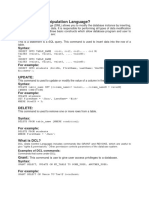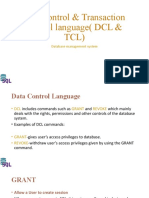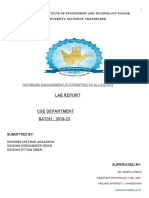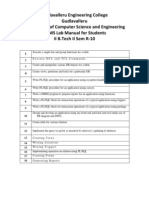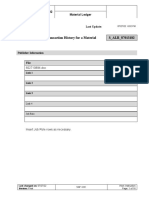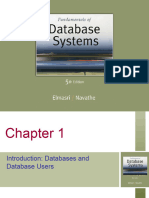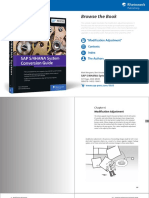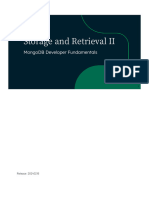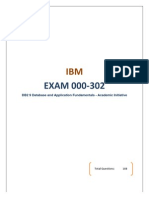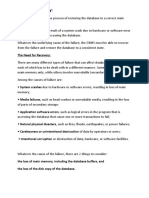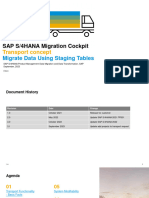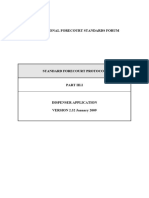0% found this document useful (0 votes)
25 views8 pagesExercise 3
The Database Lab Manual for the academic year 2025 outlines various experiments related to database management, including data definition, manipulation commands, transaction control, and database design. It provides detailed procedures and SQL commands for implementing Data Control Language (DCL) and Transaction Control Language (TCL) commands. The manual also includes exercises, queries, and a mini project on banking systems.
Uploaded by
nomanbussiness11Copyright
© © All Rights Reserved
We take content rights seriously. If you suspect this is your content, claim it here.
Available Formats
Download as DOCX, PDF, TXT or read online on Scribd
0% found this document useful (0 votes)
25 views8 pagesExercise 3
The Database Lab Manual for the academic year 2025 outlines various experiments related to database management, including data definition, manipulation commands, transaction control, and database design. It provides detailed procedures and SQL commands for implementing Data Control Language (DCL) and Transaction Control Language (TCL) commands. The manual also includes exercises, queries, and a mini project on banking systems.
Uploaded by
nomanbussiness11Copyright
© © All Rights Reserved
We take content rights seriously. If you suspect this is your content, claim it here.
Available Formats
Download as DOCX, PDF, TXT or read online on Scribd
/ 8













